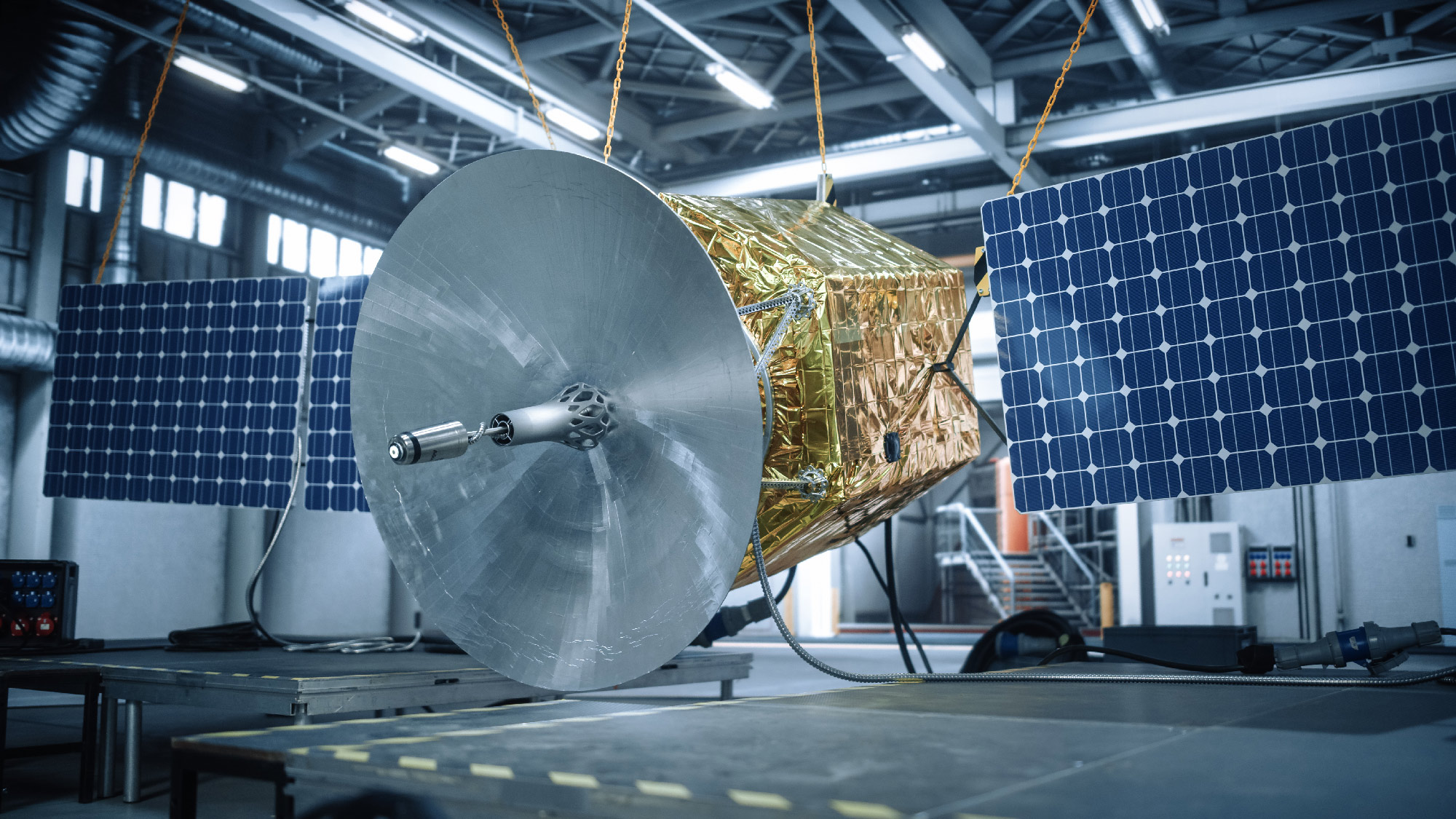Solar energy, a renewable energy that comes from solar radiation.

Studies are being carried out to control and improve the performance of cells deployed into this hostile environment, which imposes stresses on materials.


The main problems
Are due to the degradation of cell characteristics caused by the constant exposure to energetic particles (electrons and protons) as well as temperature fluctuations.
The success of space missions relies on controlling longevity of photovoltaic cells, ensuring their capacity to produce electricity throughout the mission, and ensuring the reliability of this on-board energy resource.
The scientific investigations are essentially focused on studying the degradation phenomenon of cells under sunlight. The aim is understanding the specific degradation mechanisms and the evolution of the cell efficiency.
The whole data collected enables the characterisation of the photovoltaic systems, the identification of material weaknesses and thus, the development of solutions to improve capacity of future solar cells sent into space.
The whole data collected enables the characterisation of the photovoltaic systems, the identification of material weaknesses and thus, the development of solutions to improve capacity of future solar cells sent into space.

